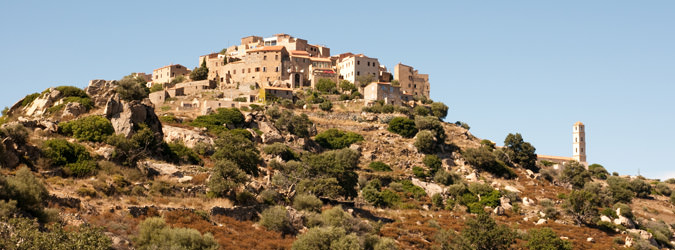
Sant'Antonino
The Eagle-nest is said to be the oldest village of the island, XI century, and was a refuge for farmers in the region whenever the Barbary sails were in sight.
Balanced on a rock 500 meters high, surrounded by rough pasture, he remained totally authentic, with its narrow stone streets of coltsfoot, its archways and tall ocher-colored houses in the rock.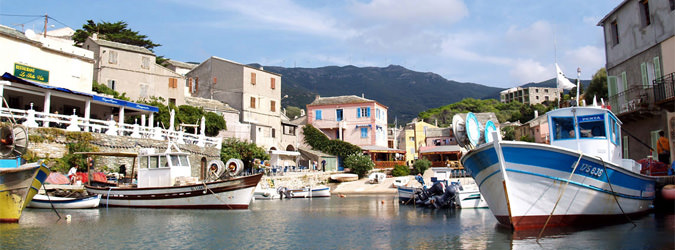
Centuri
First port of Cap.
This ancient Roman city deserves the title of "most beautiful marine" which awarded him willingly.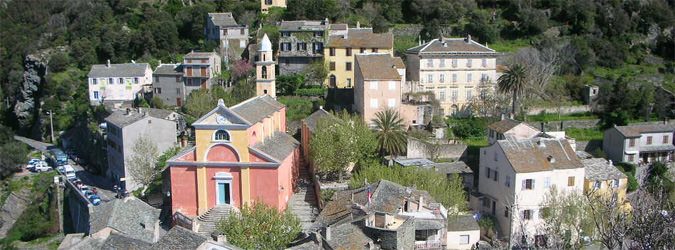
Nonza
The houses with tiled roofs cling to the black cliff, pressed against each other, along the steep streets and stone steps.
A steep, carved staircase, down to the beach that overlooks a tower, teetering on the edge of the cliff.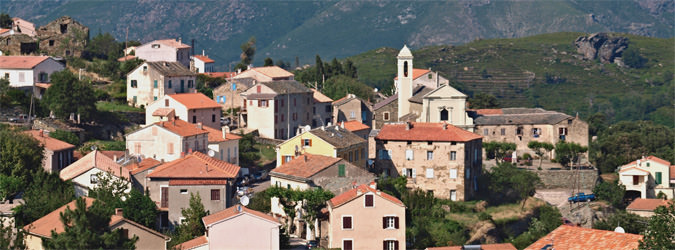
Murato
The church of San Michele, 1 km from Murato.
This Romanesque building from the twelfth century plays subtly color the map with its polychrome marble walls, green, pink, yellow, and white.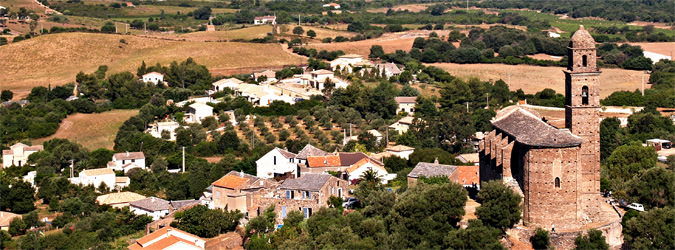
Patrimonio
The vineyards that surround the village have made a solid reputation in the world. The place is ideal for enjoying the local production of white, red, rosé and Muscat and solicitations are not lacking. Patrimonio wine cellars and taste the local wines.
Not to be missed at the end of July, "Nights of the guitar" Patrimonio.
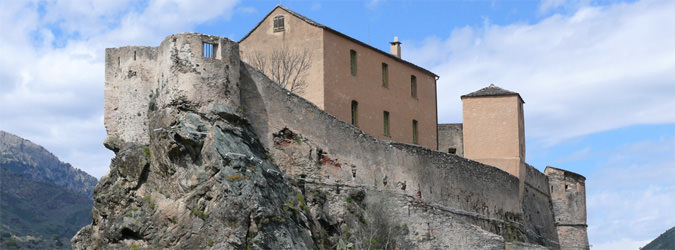
Corte
Center of the island, wild as the mountains that surround it, Corte was the source of all rebellions island.
Far from the sea, ports and beaches, it still claims its place as the capital. Built at an altitude of 1100 meters, surrounded by a ring of mountains, Corte hassle in Sartène the title of "most Corsican of Corsican towns."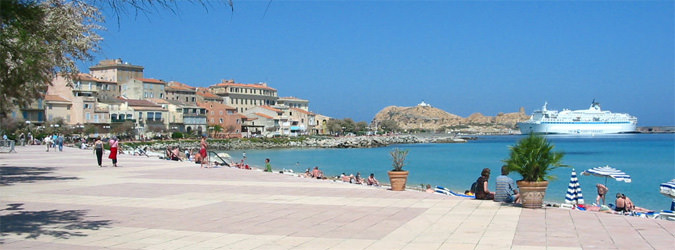
L'Ile Rousse
Instead, family resort, Ile-Rousse is named after the islands of red granite that extend the pier.
It was a small fishing village where Pascal Paoli decided in 1758 to make a rival port of Calvi. Port win by the pier on the island of La Pietra, the lighthouse from where one discovers the neighboring islands.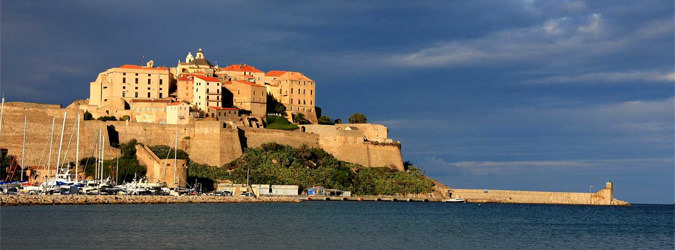
Calvi
Against the backdrop of snowy mountains often, placed on a glassy sea, the citadel overlooking the mass of gray and a proud Navy teeming with people and a huge range to the perfect curve, shaded by pine trees. In a setting of palm trees and prickly pears, tall houses with balconies laden with plants, linen stretched over the cobbled streets, small shaded squares make up a rosy picture.
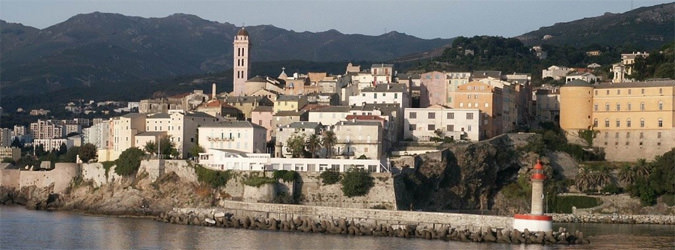
Bastia
At the gate of Italy, which it is distant only 70 km, Bastia is more than any other Corsican town marked by the imprint of Genoa, with its baroque facades, roofs of slate blue and majestic towers. Busy and gray to the south, where the suburbs are staged popular Lupino, it becomes residential to the north, where the stately buildings beyond the Cap Corse! In the center, the old town steeped in history has retained its cobbled streets, its doorways, its baroque churches, old buildings facades and shutters dilapidated leprosy, his clothes lines woven through the streets.
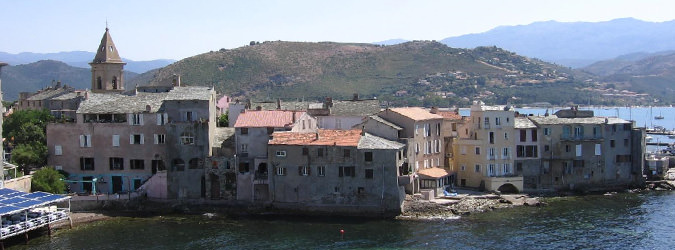
Saint Florent
Nestled in a beautiful bay, the small fishing village of Saint-Florent has changed over the years into a highly rated resort and recreational boats are anchored in its beautiful marina. Instead of doors is the busiest center, overlooking the old city tightened around the church Santa Maria Assunta, the "cathedral" of Nebbiu. Romanesque style, it is made of white limestone blocks, which temper the austerity of its architecture. The Genoese citadel overlooks the harbor and a long pier where tourists stroll.
Chargement en cours...

